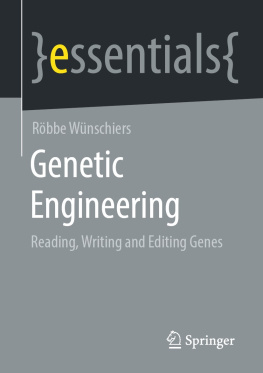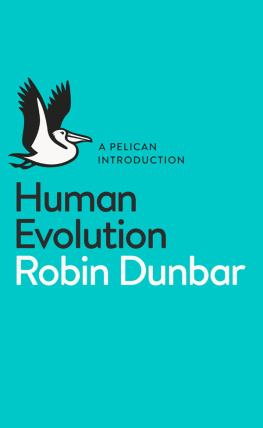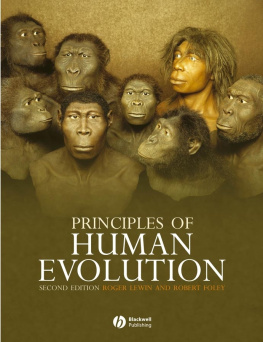TRANSHUMANIST DREAMS AND
DYSTOPIAN NIGHTMARES
Transhumanist Dreams AND Dystopian Nightmares
The Promise and Peril of Genetic Engineering
MAXWELL J. MEHLMAN

2012 The Johns Hopkins University Press
All rights reserved. Published 2012
Printed in the United States of America on acid-free paper
9 8 7 6 5 4 3 2 1
The Johns Hopkins University Press
2715 North Charles Street
Baltimore, Maryland 21218-4363
www.press.jhu.edu
Library of Congress Cataloging-in-Publication Data
Mehlman, Maxwell J.
Transhumanist dreams and dystopian nightmares : the promise and peril of genetic engineering/Maxwell J. Mehlman.
p. cm.
Includes bibliographical references and index.
ISBN 978-1-4214-0669-5 (hbk. : acid-free paper)
ISBN 1-4214-0669-1 (hbk. : acid-free paper)
ISBN 978-1-4214-0727-2 (electronic)
ISBN 1-4214-0727-2 (electronic)
1. Genetic engineeringSocial aspects. 2. Genetic engineeringMoral and ethical aspects. 3. Genetic engineeringEnvironmental aspects. I. Title.
QH442.M44 2012
660.65dc23 2012001949
A catalog record for this book is available from the British Library.
Special discounts are available for bulk purchases of this book. For more information,
please contact Special Sales at 410-516-6936 or specialsales@press.jhu.edu.
The Johns Hopkins University Press uses environmentally friendly book materials,
including recycled text paper that is composed of at least 30 percent post-consumer
waste, whenever possible.
For my childrens children
CONTENTS
ACKNOWLEDGMENTS
Support for the research on this book was provided by the Metanexus and Templeton Foundations under a grant from the Center for the Study of Religion and Conflict, Arizona State University; by a grant to the center for Genetic Research Ethics and Law, Case Western Reserve University, by the Ethical, Legal, and Social Implications Program of the National Human Genome Research Institute, National Institutes of Health (1 P50 HG03390-01); and by the Center for Health Law Studies at St. Louis University School of Law. The author also would like to thank Cory Schmidt and Kelsey Marand for their research assistance and Wendy Harris, Suzanne Flinchbaugh, and Jeremy Horsefield for their excellent editing.
TRANSHUMANIST DREAMS AND
DYSTOPIAN NIGHTMARES
Introduction
According to a recent Gallup Poll, 80 percent of Americans reject the theory of natural evolution. Some of them take a more literal view of the Bible and believe that God made humans pretty much in their present form within the past 10,000 years, while others are willing to accept scientific evidence of evolution but think that God actively guides evolutionary processes.
It is true that evolution takes place to some extent by chance. Changes in genes occur more or less at random, these random changes make organisms more or less successful depending on environmental conditions, and the successful ones reproduce, thereby passing the genetic changes on to their descendants. Over time, these cumulative changes alter the way an organism looks and acts. But even within natural evolution, there is an element of choice. The reproductive process is seldom left completely to chance. Females often select their mates, who compete with one another by being bolder, having prettier plumage, swimming faster, building better nests, or, in the case of certain frogs, being more enthusiastic croakers. In some species, males also do some of the selecting. These reproductive choices determine which sets of genes will be inherited by offspring.
Like other animals, humans have developed elaborate behaviors to influence the selection of their mates. Dinka men in the Sudan hold a three-month-long contest to see who can grow fattest by drinking a mixture of milk and cow urine.
But humans have gone much further than other animals in avoiding the randomness of reproduction. One recent phenomenon is computer-assisted dating. On the website eHarmony.com, for example, people are matched on the basis of 29 physical and mental characteristics that the company assesses on the basis of answers to an online questionnaire. These characteristics include self-concept, emotional management, obstreperousness, romantic and sexual passion, kindness, dominance, intellect, curiosity, humor, artistic passion, industry, appearance, traditionalism, spirituality, ambition, altruism, family background, family status, and education.
Computer-assisted dating has even begun to make use of genetic testing. For a $2,000 lifetime membership, one company will test a mans DNA for clues to the nature of his immune system and then match him up with women who have very different immune systems, on the basis of research showing that women prefer the smell of men whose immune systems are least like their own. Another company, 23andMe, one of whose creators is married to Google cofounder Sergey Brin, sells testing over the Internet for over a hundred genetic characteristics. These include tests not only for diseases such as age-related macular degeneration, prostate cancer, and bipolar disorder but for nondisease traits such as intelligence and longevity. All you have to do is give the company your credit card number over the Internet, spit into a little bottle that the company mails to you, and send it back in the accompanying self-addressed, stamped envelope. A few weeks later, you go on the Internet and get your results.
This company has an innovative marketing plan. While the usual assumption is that people want to keep their personal genetic information a secret to avoid stigma and discrimination, 23andMe is counting on the younger generations supposed lack of inhibition to turn personal genetic information into something to be shared with others, such as on Facebook. To facilitate the sharing of test information, the company has launched a community website that gives customers, in the companys words, the ability to create a profile, connect with others, share stories, ask questions about specific traits and ancestry groups and learn more about research studies.sponsored a spit party in New York where a group of prominent socialites, including Rupert Murdock, Harvey Weinstein, and Diane von Furstenberg, got together, spit into bottles, and sent them to the company for analysis. It wont be long before companies like 23andMe offer dating services in which they match people up on the basis of their results on multiple genetic tests.
Genetic testing has opened up other possibilities for avoiding random reproduction. Tay-Sachs is a genetic disease prevalent in populations descended from European Jews which afflicts children shortly after they are born and causes their deaths within a few years. If two people who each carry the genetic mutation that causes Tay-Sachs have a child, the child has a 25 percent chance of inheriting the disease. In some Orthodox Jewish communities in which marriages are still arranged, teenagers are tested to see if they have the mutation. The teenagers are not told the result of the test, but the head rabbi is, so that he can refuse to give his consent to a marriage between two carriers. As a result, Tay-Sachs has been all but stamped out in these communities.
Advances in infertility medicine, especially in vitro fertilization (IVF), in which eggs are fertilized in the laboratory rather than in the womans fallopian tubes (in vitro means in glass), have given humans more direct ways of influencing the genes that their children inherit. In pre-implantation genetic diagnosis (PGD), cells are removed from the dozen or so embryos that are produced in the lab and subjected to genetic testing, after which the parents can pick the two or three embryos with the best sets of genes to implant in the womb for a chance to come to term. Alternatively, fetuses can be tested in the womb, and those with poor test results can be aborted. In either case, the parents are opting for or against certain sets of genes, and those that are opted against are not passed on to the parents descendants.
Next page










